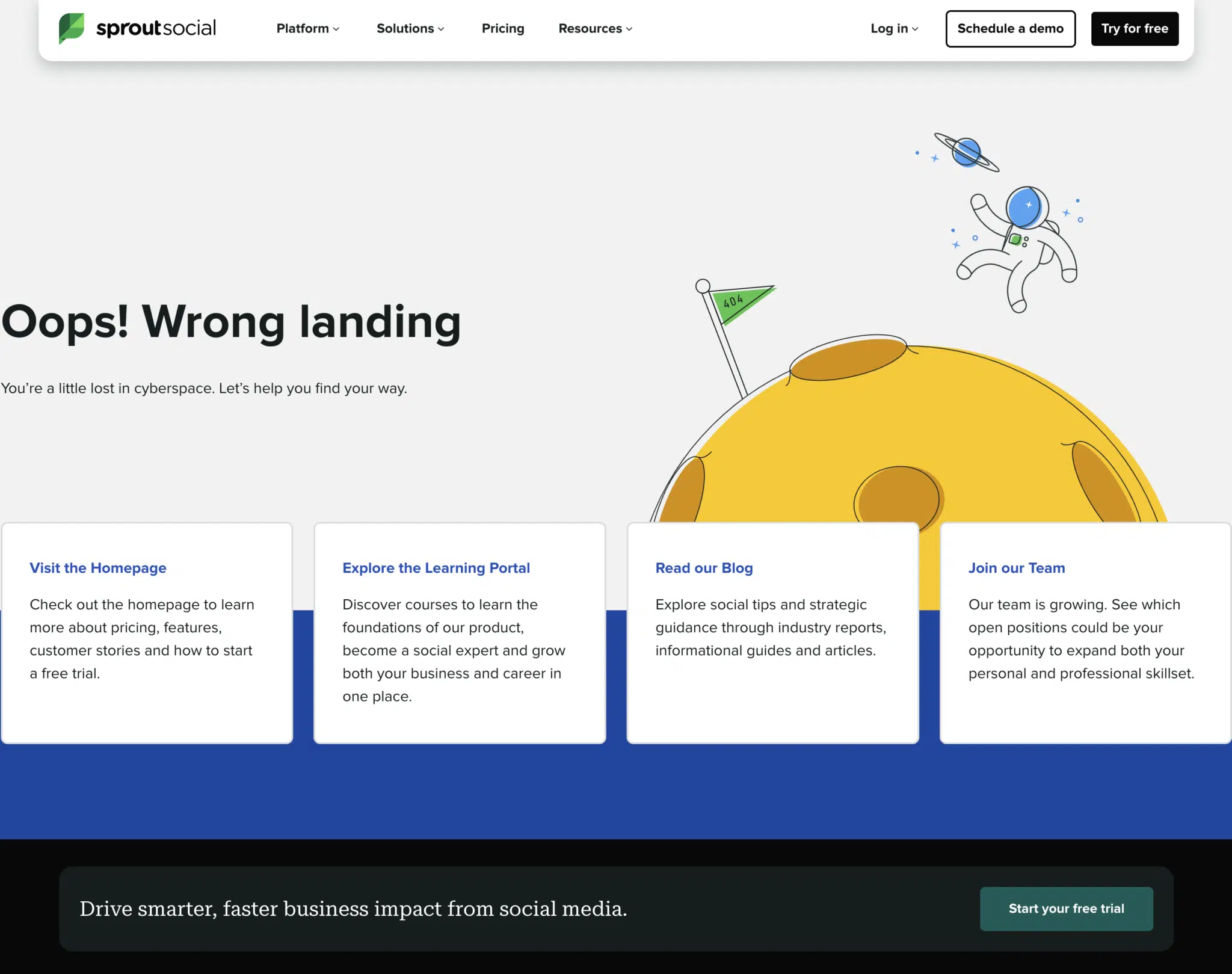The best practices for creating custom 404 pages to improve SEO focus on enhancing user experience, reducing bounce rates, and guiding visitors back to relevant content on your site. Key elements include:
- Clear, friendly messaging that informs users the page is missing without technical jargon, often with a polite apology or light humor to reduce frustration.
- Consistent branding and design that matches the rest of your website, reassuring users they are still on your site and maintaining trust.
- Navigation options such as links to the homepage, popular or valuable pages (blog posts, product categories), a search bar, and possibly a sitemap to help users find what they need quickly.
- Fast loading and simple layout to avoid additional user frustration, keeping graphics lightweight and avoiding clutter or heavy animations.
- Opportunity for user feedback like a contact form or a way to report broken links, which helps monitor site issues and shows care for user experience.
- Avoiding dead ends by providing multiple pathways forward, such as recently viewed or related products for ecommerce sites, or popular content for informational sites.
These practices help retain visitors who land on a 404 page, improving user engagement signals that benefit SEO by reducing bounce rates and encouraging deeper site exploration.
In summary, an effective custom 404 page should be clear, helpful, on-brand, and provide easy navigation back to useful content, all while loading quickly and optionally using humor or friendly language to soften the error experience.



